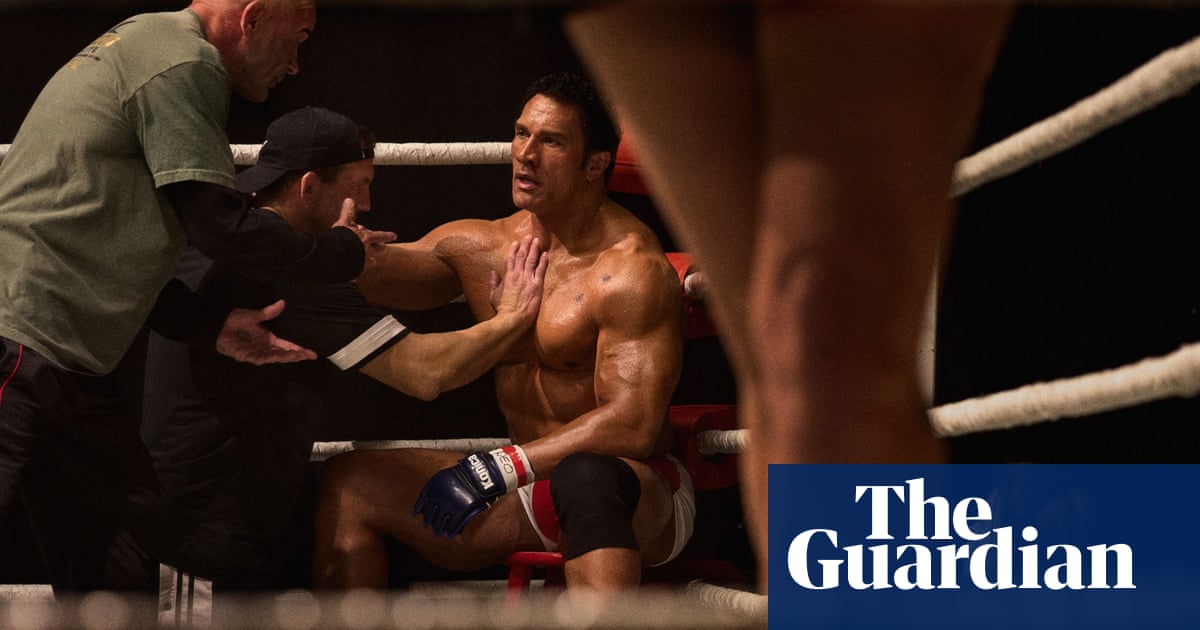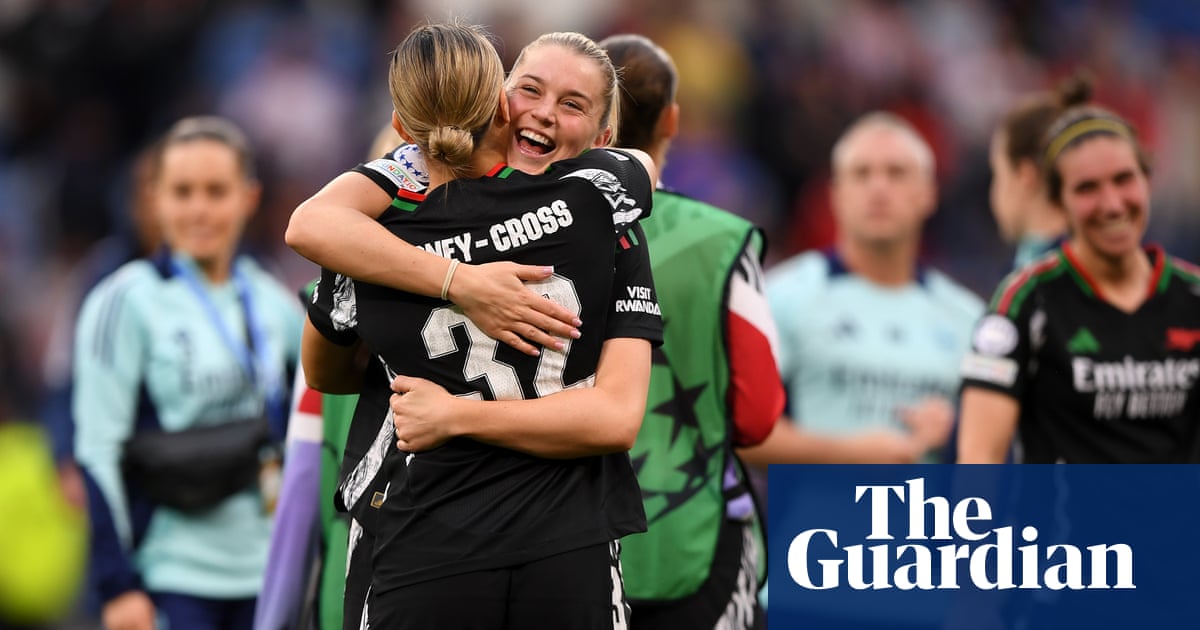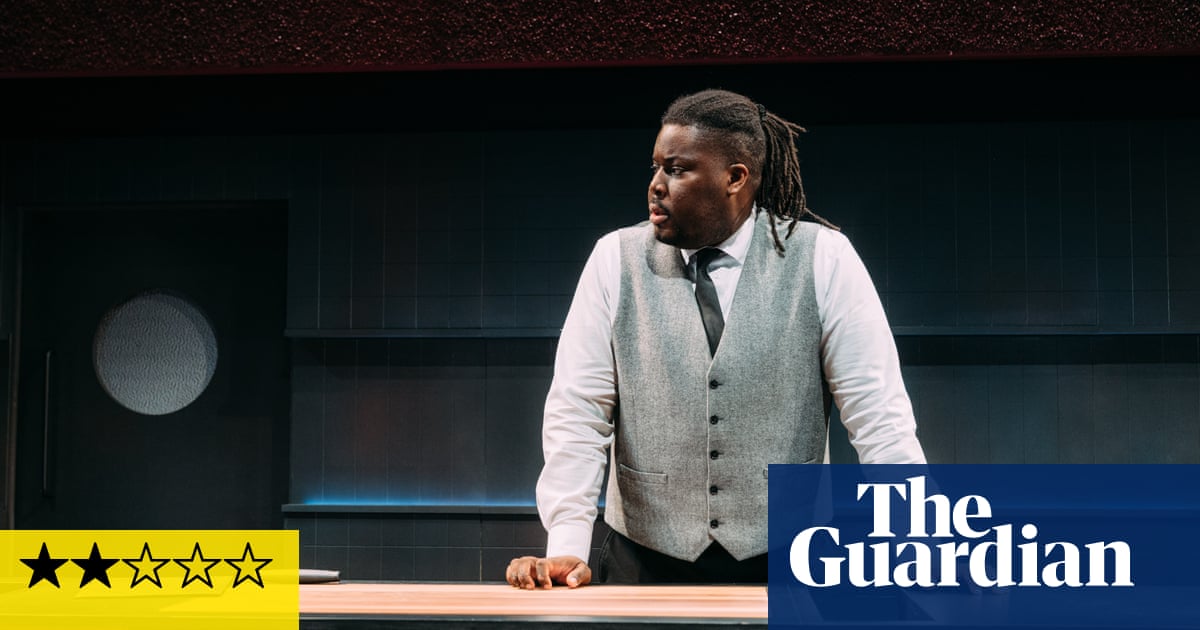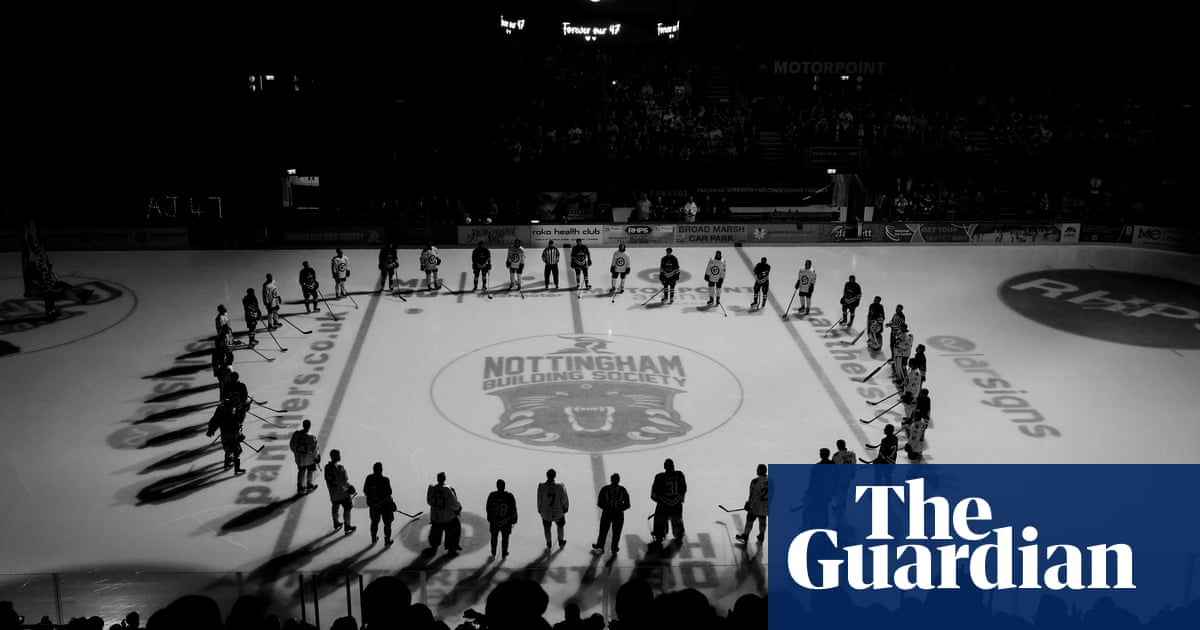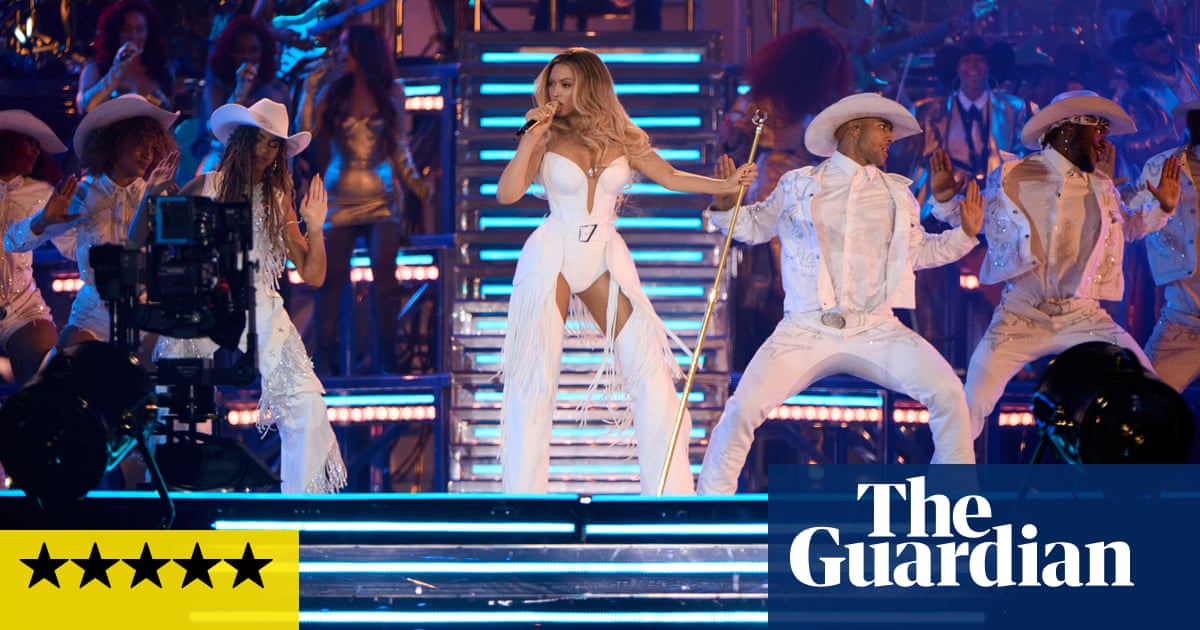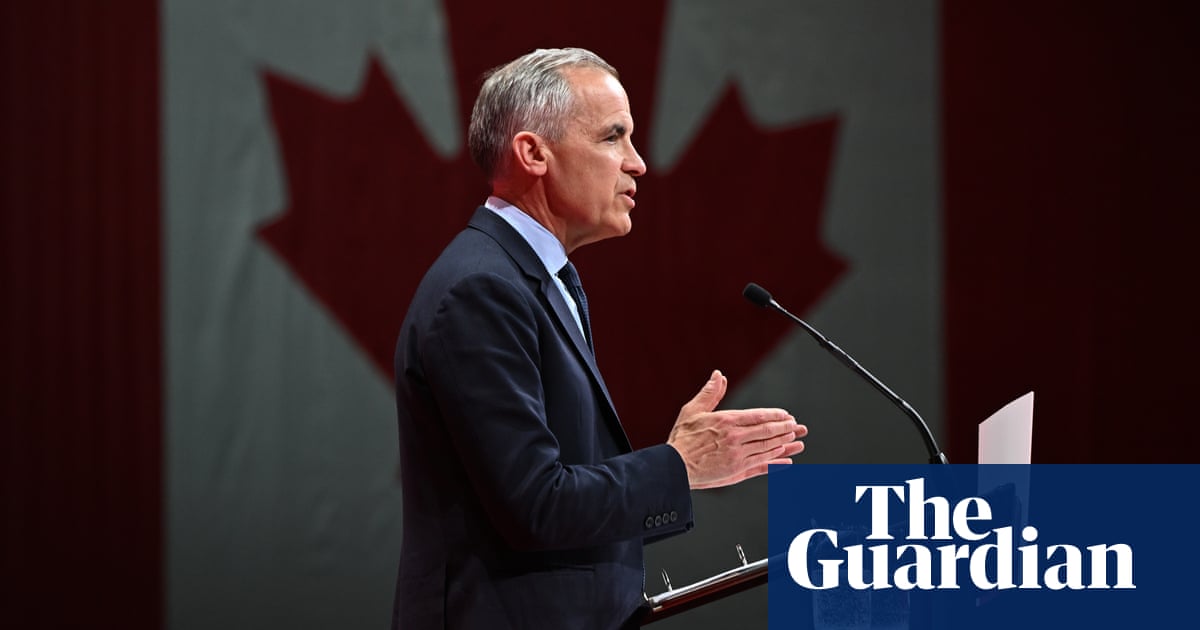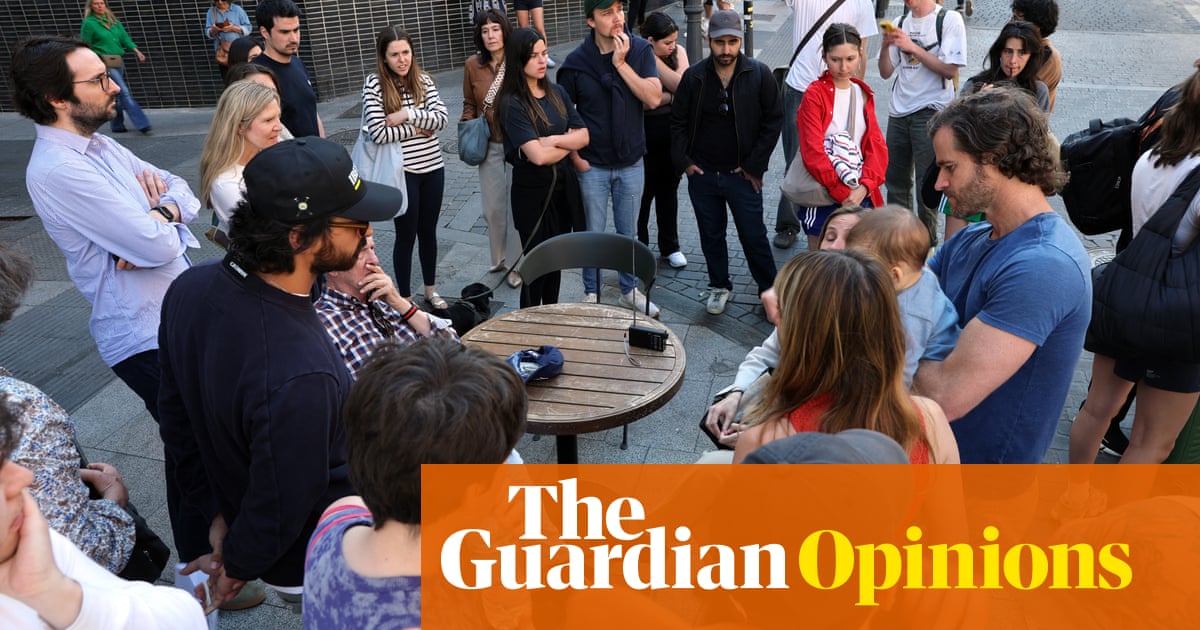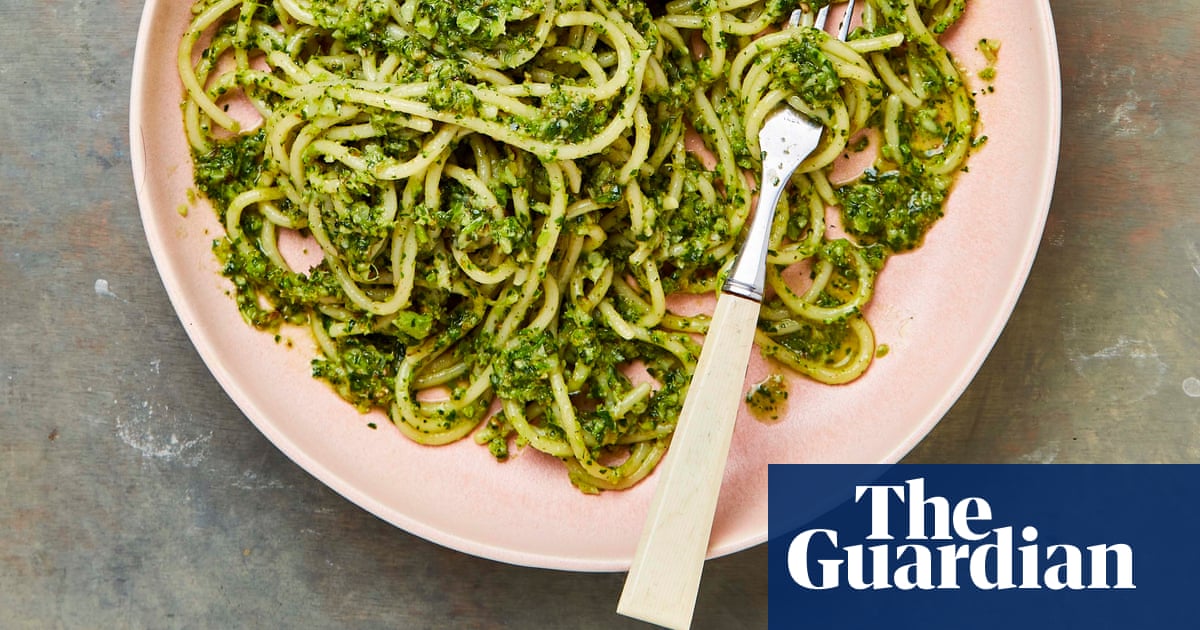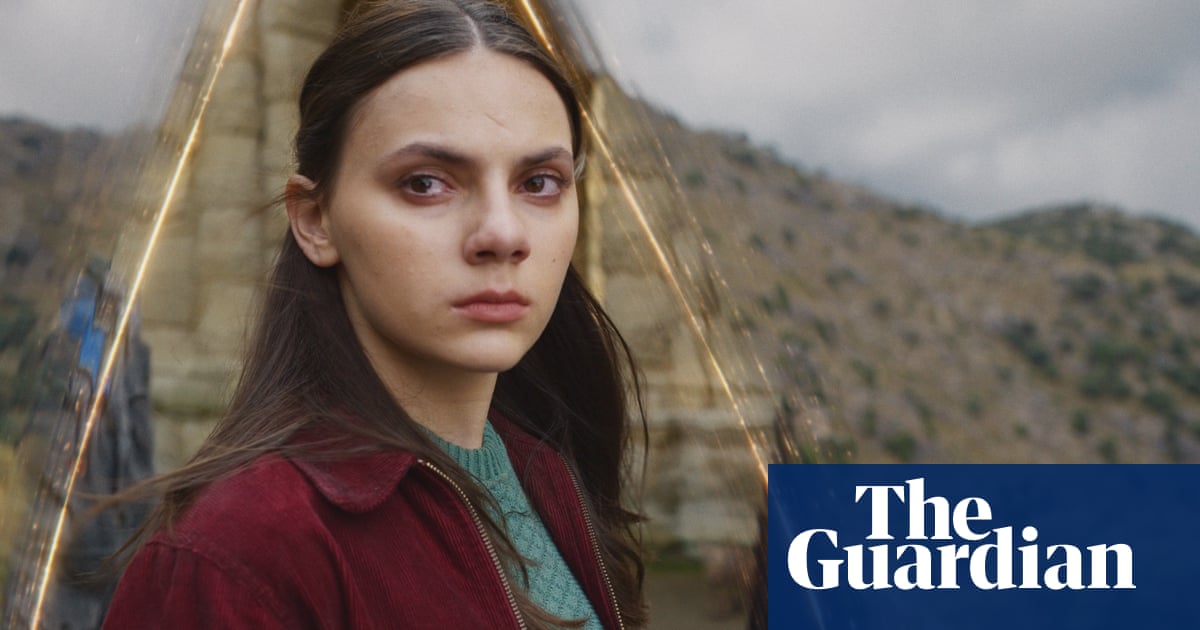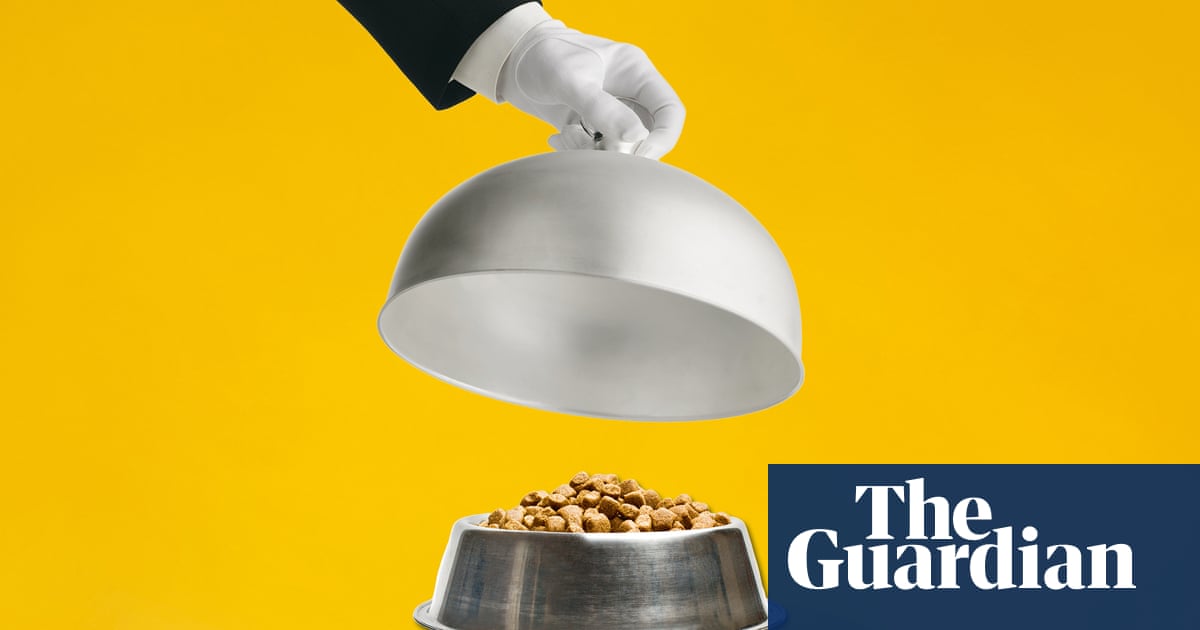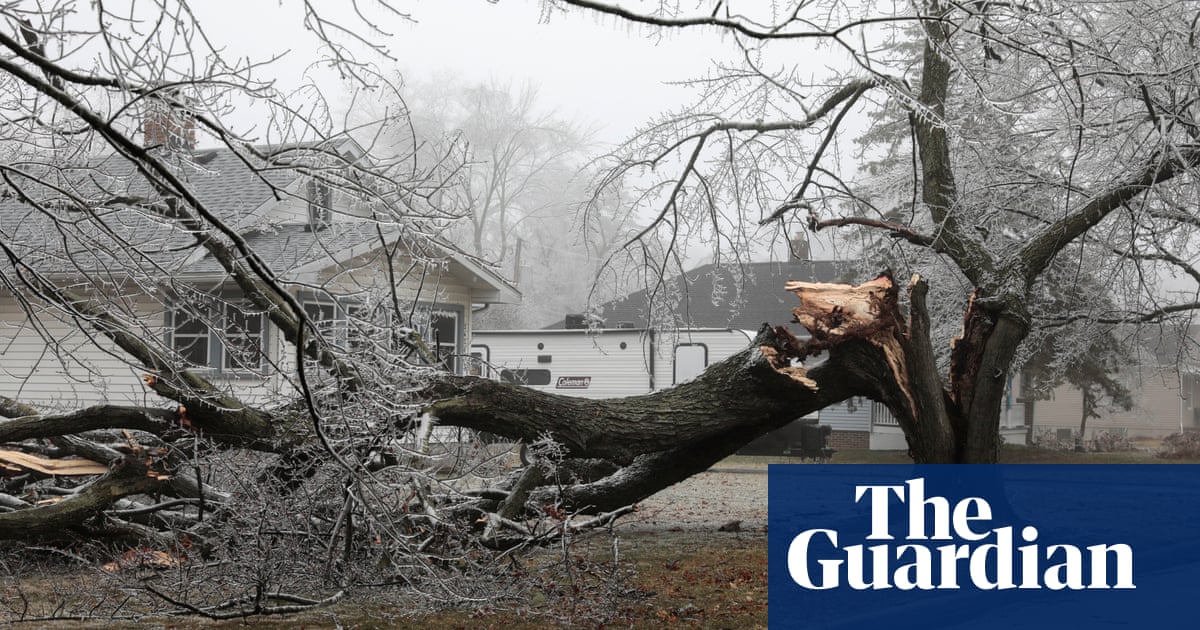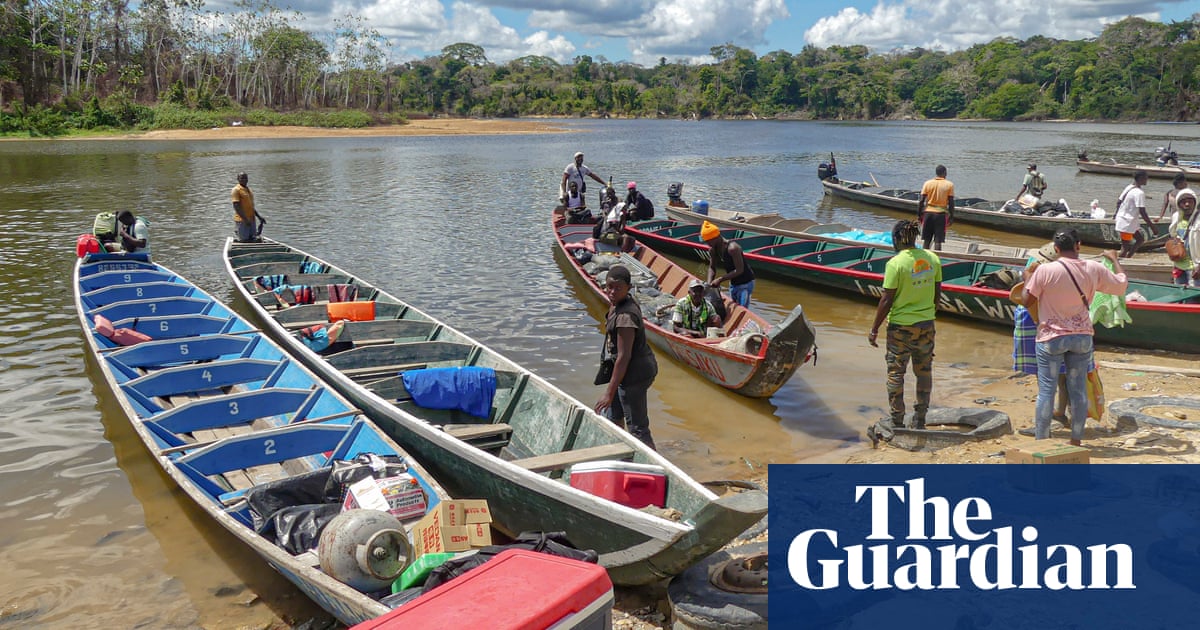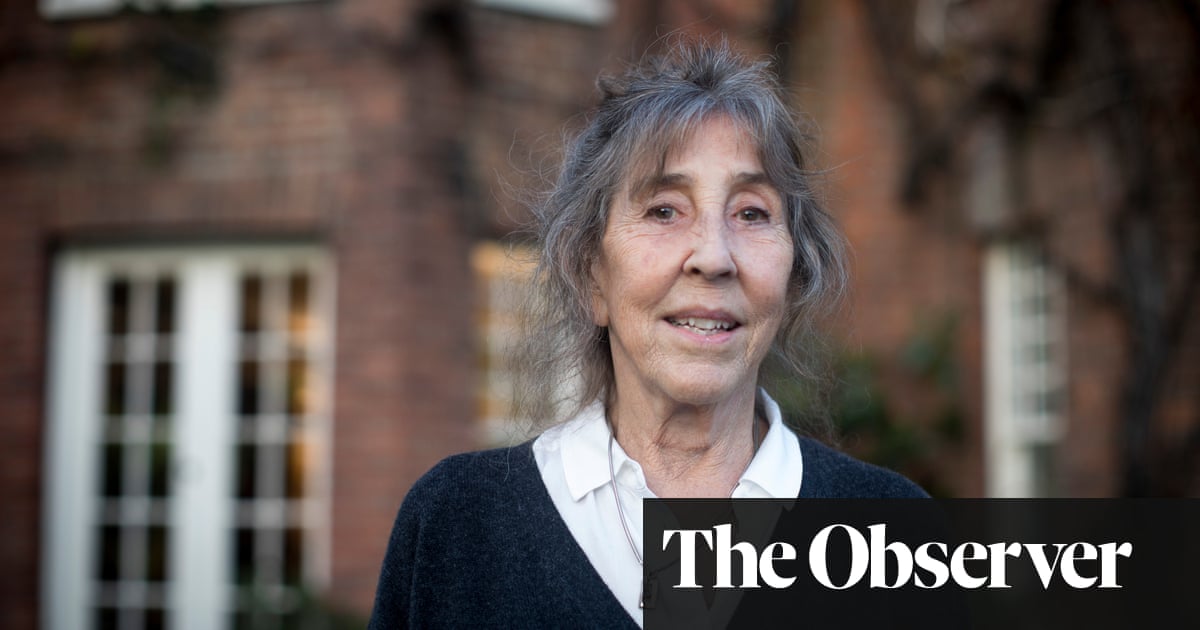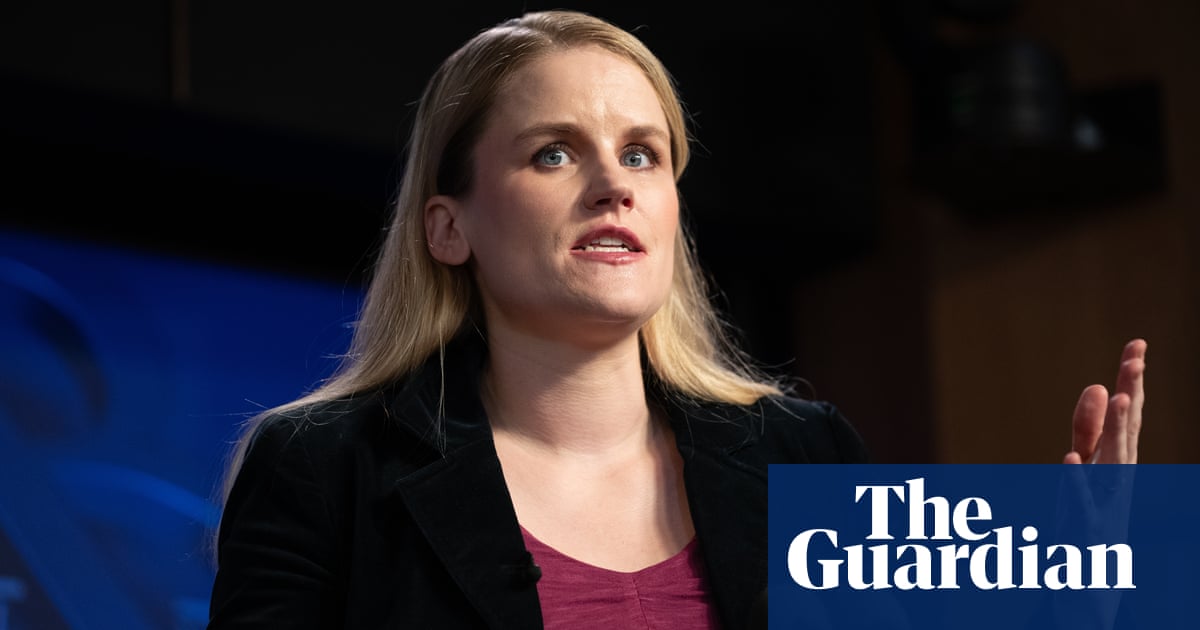Like most kids, Heather Christle was drilled about “stranger danger”. Like some, she had a family codeword designed to show that an adult picking them up from school when her mother was busy could be trusted. But, in her American home town in the 1980s, no other kid’s word was a bygone British sweet. And so “Dolly Mixture” joins the growing list of things learned from her English mother that Christle, looking back, finds out of place. Things such as dining etiquette, cardigans, M&S outfits, margarine. But also bigger stuff: beliefs and behaviours. Assumptions. Silence. Shame.
With her mother in her 70s and their relationship strained, Christle, a poet and academic, embarks on a quest for new understanding – of her mother, of “Englishness”, and of herself. In a memoir that pulses with feeling and intelligence, she excavates the past to expose difficult truths. As she proved with her acclaimed 2019 cultural history of tears, The Crying Book, she excels at facing the unfaceable, weaving her personal experience into the wider tapestry of science, history, politics and other people’s lives.
In the Rhododendrons features four trips to England – one with her mother and sister, the others alone. The first was a pilgrimage to places from her mother’s childhood in leafy Richmond and Kew. Her mother points to an alleyway and says casually: “And that is where a man molested me when I was eight.” She says she never told anyone. She bore the trauma alone.
This would be a shock to any daughter. But for Christle, it was both shattering and consoling news. Finally, there might be a reason for their unspoken conflict, which began after Christle’s own sexual assault. In 1995, the family came to England for a funeral. Christle stayed with an older cousin, went clubbing with his friends. Drunk, she was led down an alley, and raped by a stranger. She was only 14.
In the tumultuous aftermath, she craved closeness to her mother. But instead she felt rejection, abandonment, blame. Like an exhibit at one of the many museums she visits, their relationship is fixed behind glass; a diorama of a mother and daughter in irreparable pain. An emotional journey, therefore, underpins these physical journeys – a journey back to the origins of rupture, and forward towards mutual understanding, compassion and growth.
This proves to be far from easy. Numerous paths to reconciliation are dead ends. “What do you want me to do?” her mother snaps. “I can’t go back and change the past.” Christle’s unspoken rebuttal: “You can change the past … you just have to look. Looking changes what you see.” This is the springboard for her later visits, alone, to England: “I would look until I changed the past and the past, in turn, changed me.”
Virginia Woolf is Christle’s guide on these journeys. She anchors her thinking, providing an intellectual framework on which to examine her mother through a safer lens (one of the many “subjects through which I can perceive my mother indirectly”). Woolf lived in the same area, allowing Christle to build “chains of touch” as she overlays maps of their worlds.
Christle’s companionship with Woolf is both playful (she imagines buying Woolf an ice-cream from a van near her statue in Richmond) and respectful. She explicitly avoids pathologising the much-tragedised author; she also doesn’t “force and flatten her into a happy shape for my pleasure or use”. Rather, Woolf is a bridge between past and present, mother and daughter, imagination and fact. “It was easier … to trust Woolf’s perception than my mother’s,” she writes, adding: “Woolf can’t hurt me (haha).”
More accurately, facts can’t hurt her. Whenever we veer too close to her personal narrative, Christle smothers the wound in bandages of fact. Foucault, Walter Benjamin, Jamaica Kincaid; stereoscopes, architecture, sunspots, birds. While these strands add colour to the overall tapestry, they also delay, divert, distract. “I find it hard to remain as close to myself as these memories might demand,” she admits. “It’s easier to distance my thoughts with … theory, to gaze at events through glass.”
Her research confronts, among other things, England’s ugly legacy of imperial dehumanisation, erasure, violence and abuse. There’s a sense she has to deconstruct everything before building something honest, real and new. The same applies to the bond with her mother. “I did not know how to love my mother without also loving her country,” Christle writes. “Neither took kindly to being questioned. Conflict was impolite.”
after newsletter promotion
Christle embraces that questioning and conflict. More comfortable in the “role of journalist … than daughter”, she treats her mother as a research resource. She asks to read the diaries that unflinchingly record their difficulties. Her mother hands them over with a warning (“Sometimes I didn’t like you”) and a defence (“Would you have liked you back then?”). The entries confirm what Christle sensed since the attack: “She found me upsetting … I looked for, but couldn’t find, a sense she was frightened for me. Only of.”
So the narrative swings, with nuance and sensitivity, between connection and compassion, wrath and withdrawal. When Christle tries to leave her mother out, she fails. It becomes clear she is writing this book for them both.
Throughout, Christle wills the stories of Woolf and other doomed women “to turn otherwise”. Ultimately, she knows, they cannot. But for her and her mother, there is a gradual turning. No climactic showdown or Hollywood hug. Just a simple, powerful realisation: “We do want to understand one another. We do want to be understood.” The journey carries on. “She is sensitive; she is also brave,” Christle writes of her mother – a description that applies to them both, and to this book.

 1 week ago
17
1 week ago
17
